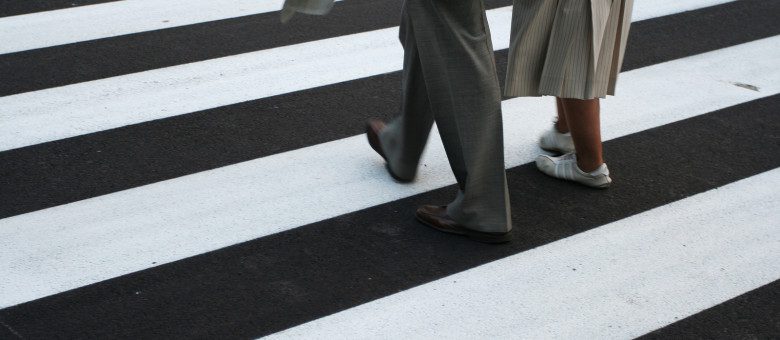
| May 6, 2015 | Comments Closed |
Safe Routes to Age in Place
 Safe Routes to Age in Place is aimed at fostering accessible, safe, comfortable and appealing, and active transportation (e.g. walking, biking, and taking mass transit) options for adults of all ages and abilities.
Safe Routes to Age in Place is aimed at fostering accessible, safe, comfortable and appealing, and active transportation (e.g. walking, biking, and taking mass transit) options for adults of all ages and abilities.
The majority of older adults wish to live independently and reside in their homes for as long as possible. Many communities lack proper services to allow for prolonged independent living. One of the most important components of independent living is having the ability to easily access desired destinations.
The Health Benefits of Keeping Older Adults Engaged: There are numerous health benefits associated with community and social engagement among all people, but this can be especially true of older adults. Community engagement, physical activity and social connectivity that come with the ability to age in place can provide a better quality of life and help to keep older adults healthy, both physically and mentally (Brummett et. al., 2001). When older adults give up driving, they report a lower quality of life. This decline can be countered through other mobility options. Access to alternatives to driving, allow for “enhancing social networks and social interaction [and] creating a sense of control and independence” among older adults, which leads to a greater quality of life (Musselwhite & Haddad, 2010).
Pilot Project: The Safe Routes to Age in Place Initiative was piloted in the Miami neighborhood of Little Havana. A criteria analysis was conducted and produced with the assistance of Kimley-Horn and Associates, Inc. Selection of the pilot location was based on three primary factors:
|
• Safety (determined by elderly pedestrian crash density)
• Density (determined by elderly population density) • Need (determined by percentage of households with no vehicles available) |
In addition, a confirmation factor of readiness was used to narrow down the pilot location for Safe Routes to Age in Place.
The implementation steps have included 1) community stakeholder interviews, 2) assessment of current active transportation conditions, e.g., walking audit, 3) partner identification, 4) selection of pivotal locations, 5) community dialogue, 6) Florida Department of Transportation Field Survey, 7) stakeholder problem solving, 7) action plan development, and 8) resource guide development
Safe Routes to Age in Place Resources
Safe Routes to Age in Place Press
Lead Agencies
Our partners include the following lead agencies: AARP Florida, Alliance for Aging, Florida Department of Health in Miami-Dade County, Health Foundation of South Florida, Miami-Dade County, Miami-Dade Transportation Planning Organization, United Way of Miami, and Urban Health Partnerships.






